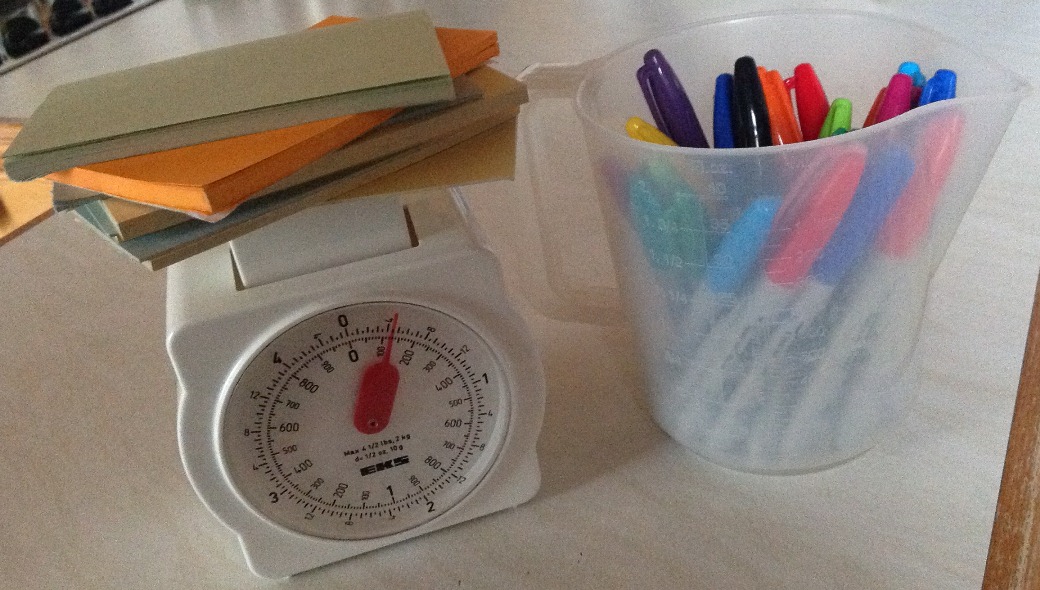![]()
Last week we looked at indicators that might be measured in relation to factors that can foster creativity and innovation in organisations.
In this post we’ll consider possible measures of creative activity and the outcomes of creativity.
Creative activity
The measurement of creativity itself is arguably about monitoring ideas that are generated. This can be challenging. The development of some sort of idea management system can help facilitate the measurement of the volume, quality, source, etc of ideas submitted. So, measures might be:
1. Idea generation
- How many ideas are submitted in a given period?
- How many ideas do staff/stakeholders/the public submit in a given period?
- How many ideas are generated from external sources in a given period?
The outcomes of creativity
The desired outcomes of creativity include the selection and implementation of the ‘best’ ideas (ie innovation). And, ultimately, an improvement in the performance of the organisation.
There are a number of metrics that are commonly used in the private sector as a basis for measuring the outcomes of creativity, such as patent submission and revenue growth from new products. The challenge is to find metrics that are suitable for a public sector context. Some suggestions from the literature are set out below.
1. Idea selection – clarity of purpose and fit for purpose processes
- Are the selection criteria effectively communicated to those generating ideas?
- Is the selection process fast paced?
- Is staff or stakeholder or public intelligence used to select ideas?
- Is there clear feedback to those submitting ideas on the reasons for their idea’s success/rejection?
2. Innovation
- How many innovations took place?
- How many staff or stakeholder ideas were implemented?
- What types of innovations were they? For example, were they for the delivery of new outputs or the improvement of existing outputs? Did they relate to products, services, processes, delivery models, organisational design and practices, etc?
3. Effects of innovations
- Number of innovations that are improving performance?
- Average number of people that have been affected by innovations for both the provision of new and existing outputs?
4. Organisational performance
- Percentage of targets met.
- Percentage of targets met in a timely way.
- Average time to deliver outputs.
- Number of complaints and appeals.
- Is there a change programme in place?
- Average number of positive press stories.
- Number of prizes, awards or nominations for being innovative.
- Staff satisfaction.
- Public and stakeholder satisfaction.
What can we measure right now?
We have existing analytical instruments within the organisation that pick up some of the indicators.
Our annual staff survey, for example, provides possible options for assessing perceptions of the factors which contribute to creativity (and changes over time). But it isn’t specifically designed for assessing creativity. It would only provide only a partial picture as it does not cover all factors which appear to contribute to creativity. Further, it only provides a subjective measure, and other indicators would be required to provide a more objective perspective.
What next?
So, there are existing mechanisms within the Scottish Government that have the potential to indicate whether a major shift in organisational creativity is taking place. But we’re not yet in a position to identify where and how initiatives are working well/less well and how learning can inform future practice.
To that end, we’re exploring how we might build a process of on-going (quantitative and qualitative) evaluation and reflection into our initiatives. We would like this to focus on the needs, experiences and expectations of individuals and teams, at all levels, across the organisation.
We’re particularly keen to explore more hands-on approaches to measuring creativity. For example, an interesting approach is taken at British Gypsum – a major authority in the UK construction industry – where senior managers go out and talk to staff on a one to one basis about being creative (Patterson, Kerrin, Gatto-Roissard and Coan, 2009). This promotes creativity, while at the same time provides data on where staff are being creative. The company has found this to be a very successful way both to promote, and to measure the innovation culture within the business.
British Gypsum attribute the success of their measurement method, at least in part, to having shaped it to fit their existing organisational culture. So, it’s clear that any approach to measuring creativity should be appropriate for the particular organisation.
I’d really love to hear from anyone who has attempted to measure creativity in their organisation. How on earth did you go about it!?
References
Patterson, F., Kerrin, M. Gatto-Roissard, G. and Coan, P. 2009. Everyday innovation How to enhance innovative working in employees and organisations. [Accessed on 1 March 2015 from http://www.nesta.org.uk/sites/default/files/everyday_innovation.pdf]
Lesley Thomson is part of the GovLoop Featured Blogger program, where we feature blog posts by government voices from all across the country (and world!). To see more Featured Blogger posts, click here.





Leave a Reply
You must be logged in to post a comment.